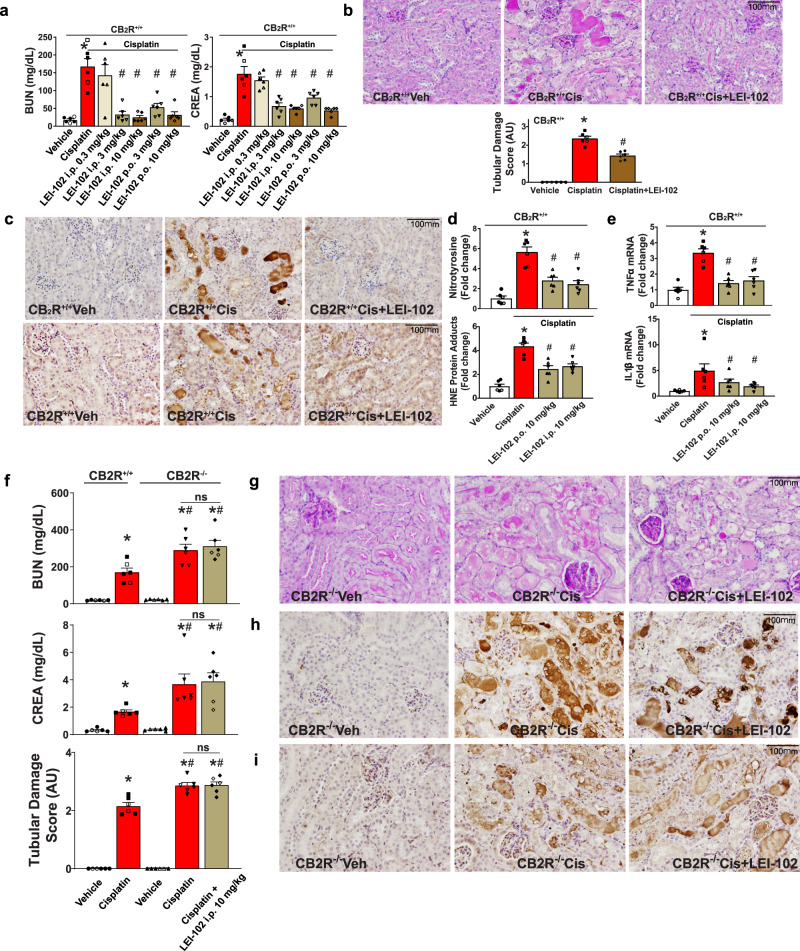Fig. 5. CB2R agonist LEI-102 attenuates cisplatin-induced renal dysfunction, oxidative stress, and inflammation in a CB2R-dependent manner.
a Cisplatin-induced renal dysfunction 72 h after administration to mice as evidenced by increased serum levels of blood urea nitrogen (BUN) and creatinine (CREA), which were attenuated by CB2R agonist LEI-102 in a dose-dependent manner when administered either i.p. or p.o. (*p < 0.001 vs. vehicle group, #p < 0.001 vs. cisplatin group). b Periodic Acid-Schiff (PAS) staining in representative kidney sections from cisplatin treatment samples showing protein cast, vacuolation, and desquamation of epithelial cells in the renal tubules which are attenuated with LEI-102. Tubular damage score from kidney sections is shown (*p < 0.001 vs. vehicle group, #p < 0.001 vs. cisplatin group). c The cisplatin-induced nitrative and oxidative stress (nitrotyrosine staining (top row) and HNE staining (bottom row)) in representative kidney sections were also attenuated by LEI-102. This was confirmed by quantitative determination of protein nitration and HNE adducts formation by ELISA (d) (*p < 0.001 vs. vehicle group, #p < 0.001 vs. cisplatin group). e The cisplatin-induced kidney pro-inflammatory cytokine expressions were also attenuated by the CB2R agonist. (*p < 0.001 vs. vehicle group, #p < 0.05 vs. cisplatin group). The protective effects of LEI-102 on cisplatin-induced kidney dysfunction (BUN and CREA) and tubular injury (tubular damage score) (f) (*p < 0.001 vs. vehicle WT or KO group, #p < 0.05 vs. cisplatin WT group), histopathological injury (g), nitrative (h) and oxidative stress (i) were abolished in CB2R knockout mice. All results are means ± SEM of n = 6/group for panels a, b, d, e, f Closed and open symbols are used for male and female mice respectively (4 males and 2 females/group). In panels a, b, d, and e one-way ANOVA followed by Tukey’s post hoc test for multiple comparisons were used, in panel f unpaired two-tailed t-test was used. The analysis was conducted using GraphPad Prism 6 software. p < 0.05 was considered statistically significant (the exact p values are indicated in the supplemental data).

